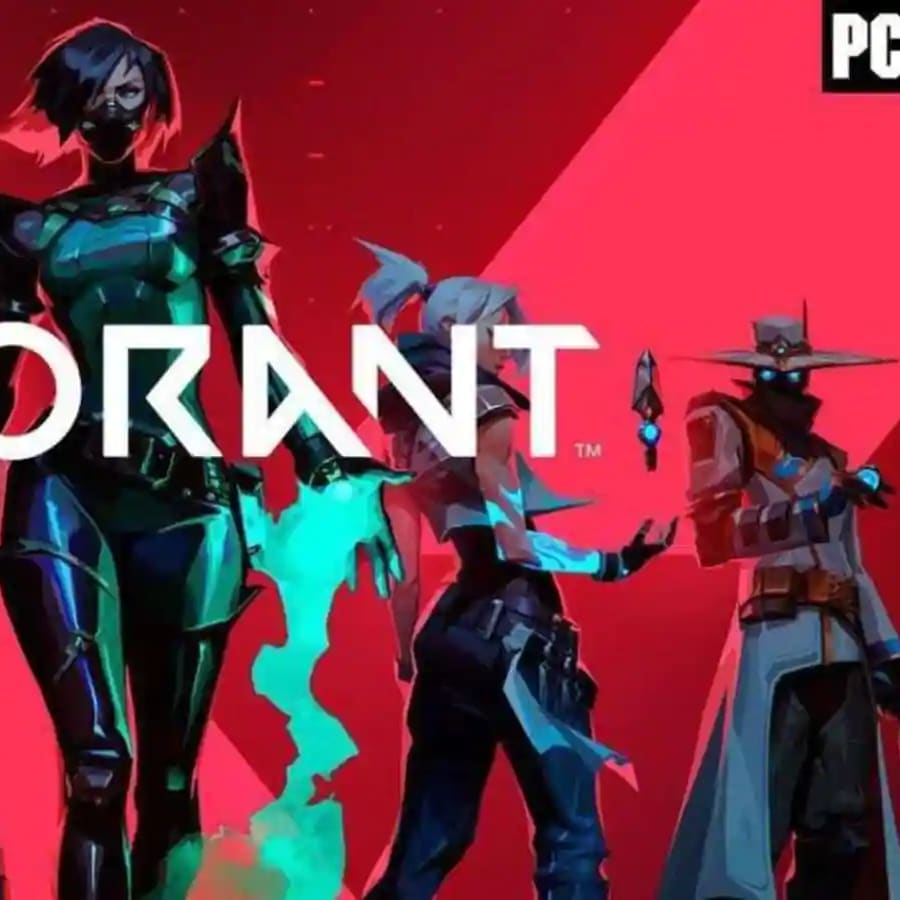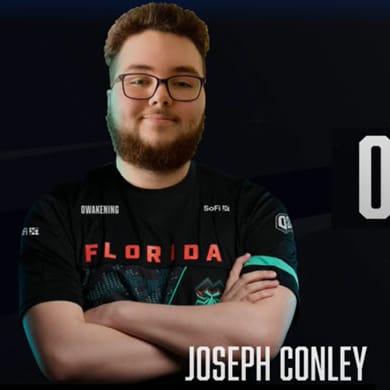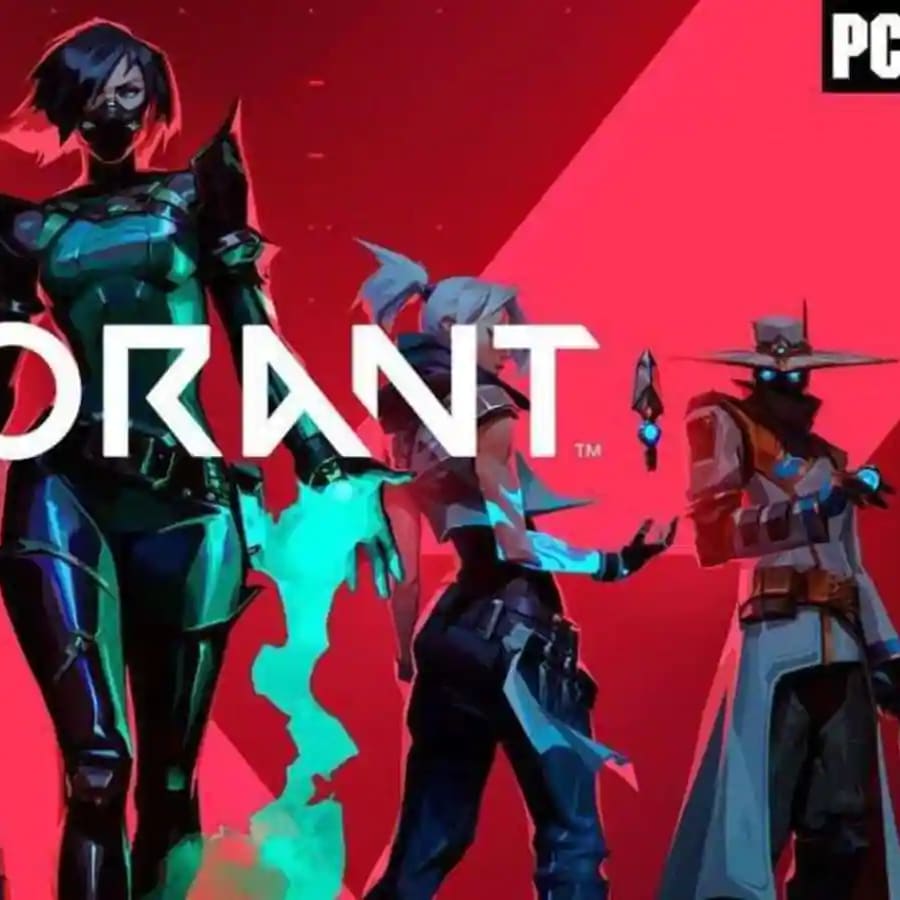This article is part of our The Reddit Madden League series.
The new season of the Reddit Madden League is officially upon us. After a relatively smooth 2018 NFL Draft, we've advanced through the preseason and into the beginning stages of the 2018 regular season. Of course, your faithful hero is 0-3 after a murder's row of an opening schedule, so I'm already starting to think of next year. But separate star wide receivers on the trading block have me contemplating whether to attempt a turnaround, or hold onto my assets (of which I've accumulated a few).
Here's the premise: both AJ Green (95 overall on the Bills) and Alshon Jeffery (90 overall on the Bears) have been made available for trade by their respective owners. While in real life, Green is the no-brainer better overall talent than Jeffery, Madden is a whole different beast. Limited by the restraints that this is in fact a video game and not real life, progression tends to accelerate as a player gets older. Meaning if all things were even, a user would likely lean towards the younger player because the price to maintain attributes gets heavier, while the game's regression system gets harsher. Ignoring the fact that I would be making a deal with a division rival were I to acquire Jeffery, both appeared to be solid acquisitions for a team such as mine looking to acquire a bigger wide receiver. At first glance, it appeared as if Jeffery would be the better option, given he is two years younger and presents a similar to skillset to Green. Both players' speed, acceleration and litany of catching attributes were right in line with one another, tilting the scales again to Jeffery's age. The fact that both owners were looking to acquire similar compensation – at least a first round pick – only helped the Bears' cause.
But as I did more digging, it became a little clearer. Not only is Jeffery NOT the slam dunk option I thought he was, Green arguably makes for the better long term asset, or at the very least on equal footing.
If this were Madden 17 the answer to this conundrum would simply be "neither," as last year's regression system destroyed older players, sapping all athletic attributes such as speed, acceleration and jumping at terrifyingly fast levels. That was corrected somewhat this year, with developers making it so that players would not fall below the 90 speed threshold as they got older. While that makes things better, I had a feeling it wouldn't make it completely kosher. Spoiler alert: I was right. I simulated five seasons into the future, marking down each player's attributes each season to see how bad the two year age difference would really make the player. The good news: each player's speed remained the same. The bad news: everything else. Unfortunately for Jeffery, he regressed at a similar pattern as Green, with both players losing at least two points of acceleration each season. Despite being two years younger, Jeffery still eclipsed Madden's imaginary threshold that kickstarts the cesspool known as the regression system, at 28 years old.
Not only that, but Green also maintained his relatively high spectacular catch and catch in traffic attributes as he got older, losing only one point per year while Jeffrey lost two. I couldn't quite figure out why this was, so I did another test simulation, this time changing it so that CPU teams could not add any built up experience points to potentially change attributes. And that's where the difference set in. Both Green and Jeffery again regressed at a similar rate, but instead of Green's catching statistics getting artificially boosted by the CPU, the star wide receiver tumbled further into Madden regression hell, finding little use as a slow, big-body receiver because he couldn't, well, catch.
Green's superstar development, which awards more experience points than a player with a normal development, was the biggest difference. Given catching statistics cost less to maintain, Green still had value as a taller receiver, one capable of making big catches in traffic, because he simply had more experience points to use than Jeffery. While both players will accelerate at a similar pace to Ezekiel Elliott's legal troubles by the time the RML 2020 season begins, Green will at the very least have some utility as a "jump ball only" wideout, whereas Jeffery will likely fall to a below-average option at his position.
The high price tag for both players certainly is a turnoff, especially after watching regression sink its dirty little claws into the stud receivers. Given our first draft yielded an average of a 77 overall wide receiver in the first round, two years of play and experience would roughly have all players discussed on an equal footing, if not trending towards the draftee-to-be depending on how they are developed. In other words, trading for either player at this junction in their career would be a "win-now" move. But it certainly was a compelling exercise, and an incredibly worthwhile one for any person contemplating a major move such as this one.












